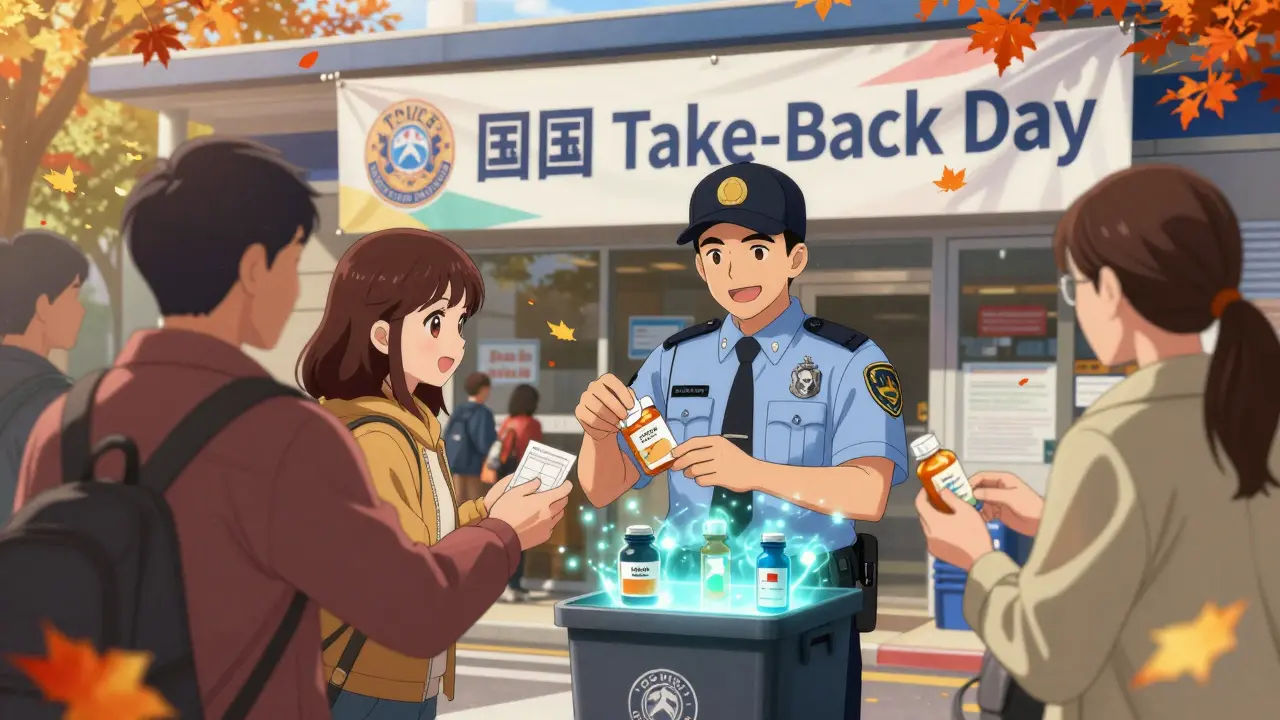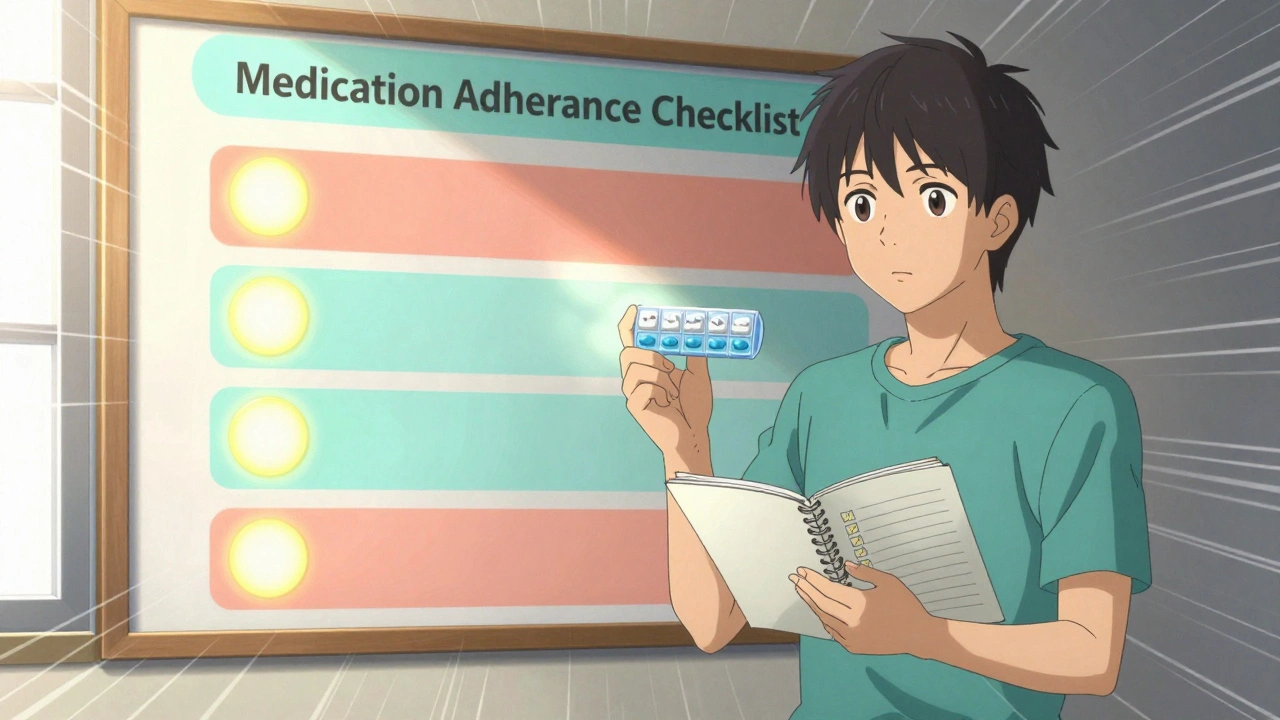Blood sugar levels: what they mean and how to manage
Blood sugar levels tell you how much glucose is in your blood at a given time. Keeping them steady matters for energy, mood, and long term health. Too high sugar (hyperglycemia) damages nerves, blood vessels and organs over years. Too low sugar (hypoglycemia) makes you shaky, confused, and can be dangerous fast. You can measure levels at home with a glucometer or get tested at a clinic.
Normal ranges and quick checks
For most adults without diabetes, a normal fasting blood sugar is between 70 and 99 mg/dL. Two hours after eating, normal is usually under 140 mg/dL. People with diabetes have individualized targets but common goals are 80–130 mg/dL fasting and under 180 mg/dL two hours after meals. If your numbers regularly fall outside targets, talk to your clinician. Single high or low readings happen; patterns matter more than one test.
Practical ways to manage levels
Change your plate. Choose whole grains, lean protein, healthy fats and plenty of non-starchy vegetables. That mix slows glucose spikes after meals. Watch portions and avoid sugary drinks — a single soda can spike levels quickly. Move daily. Walking after meals lowers post-meal glucose and helps insulin work better. Aim for 20 to 30 minutes most days. Strength training twice a week improves muscle use of glucose and helps long term control.
Check weight sensibly. Losing 5 to 10 percent of body weight can lower fasting glucose for many people with overweight. Sleep and stress matter. Poor sleep raises fasting sugar and stress hormones can push levels up during the day. Try to get regular sleep and use simple stress tools like short walks, breathing, or a 5-minute break during the day.
If you take medication, use it as prescribed. Insulin and some oral drugs act quickly; others take time. Learn when your meds peak and how they affect you so you can avoid lows. Carry fast sugar — glucose gel, candy or juice — if you risk hypoglycemia. If you have frequent lows, review treatment with your provider.
Monitor trends not single numbers. Keep a simple log or use an app that stores readings and notes what you ate or did. That helps spot meals, activities or medicines that push your numbers up or down. Share the log with your clinician for smarter treatment choices.
Seek urgent care when needed. If blood sugar is above 300 mg/dL with nausea, vomiting or trouble breathing, or if you have repeated severe lows with fainting or seizures, get medical help right away. For routine care, schedule regular checkups and annual lab tests like A1C to measure average glucose over months.
Small habits add up fast. Test before and two hours after meals for clearer feedback. Swap white bread for beans or lentils, choose fruit instead of pastries, and drink water first if you feel hungry. Talk openly with your care team—changing meds, timing meals or adjusting activity often fixes stubborn highs without dramatic steps daily.
Managing Diabetes with Chlorthalidone: Effective Strategies for Blood Sugar Control
Chlorthalidone, a diuretic medication commonly used to treat hypertension, has gained attention in managing diabetes due to its ability to impact blood sugar levels. The relationship between chlorthalidone and diabetes management is complex and requires careful consideration by healthcare professionals. For those managing both hypertension and diabetes, understanding how chlorthalidone affects blood sugar is crucial. This article delves into the mechanisms of chlorthalidone, its effects on diabetes, and strategies for effective blood sugar management.






